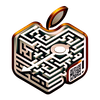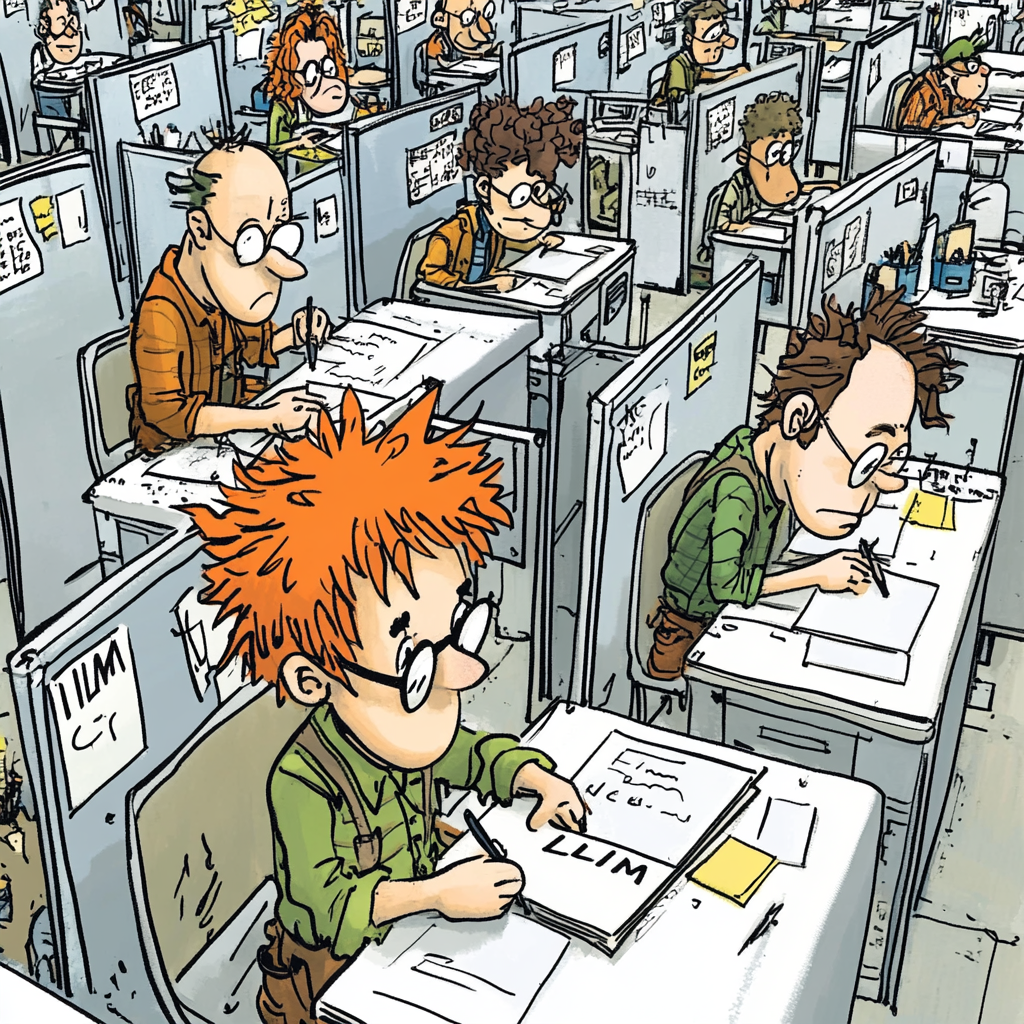As of November 2024, several AI and GPT models are available to the public, each tailored for specific applications and the popularity of AI and GPT models varies based on factors such as performance, accessibility, and user adoption. These models cater to a range of applications, from general conversational use to specialized tasks requiring advanced reasoning and multimodal processing. Here’s a list of some prominent models:
Prominent AI models and GPTs
- Adobe Sensei: Adobe’s AI and machine learning technology for creative tasks.
- Alexa: Amazon’s voice assistant for smart home devices.
- Anthropic’s Claude 3.5 Sonnet: Noted for its improvements in math, coding, and logic tasks.
- Artbreeder: An AI tool for blending and creating new images.
- Bing Chat: Microsoft’s search engine-based chatbot.
- Canva: An AI-powered design tool for creating graphics and visuals.
- ChatGPT: Developed by OpenAI, widely used for conversational AI.
- Cohere’s Command R: Focuses on retrieval-augmented generation, enhancing accuracy and contextual relevance in responses.
- Copy.ai: An AI tool for copywriting and content creation.
- Copilot: Microsoft’s AI assistant for productivity tasks.
- Cortana: Microsoft’s digital assistant.
- DeepArt: An AI tool for transforming photos into artworks.
- DALL-E: OpenAI’s AI model for generating images from text descriptions.
- Google Assistant: Google’s voice-activated assistant.
- Google’s Gemini 1.5 Pro: Offers competitive performance, especially in complex reasoning tasks.
- Grammarly: An AI-powered writing assistant for grammar and style.
- IBM’s Granite: Designed for enterprise applications, focusing on data security and compliance.
- Jasper: An AI writing assistant for content creation.
- Meta’s Llama 3.1: Emphasizes custom data training and fine-tuning.
- MidJourney: An AI tool for creating digital art.
- Mistral’s Mistral 7B: Known for high-quality outputs with a relatively small model size.
- Nvidia’s Nemotron: Offers robust performance optimized for integration with Nvidia’s hardware.
- RunwayML: An AI platform for creative professionals to generate and edit media.
- Siri: Apple’s voice assistant for iOS devices.
- Writesonic: An AI tool for generating written content.
- xAI’s Grok-2: Ranks among the top five globally, targeting paying subscribers and enterprise applications.
Current versions of OpenAI’s ChatGPTs:
- ChatGPT (GPT-3.5): The foundational model offering conversational AI capabilities, suitable for general-purpose text generation and understanding. Widely used as a cost-effective option for everyday text generation and general assistance.
- ChatGPT Plus (GPT-4): An enhanced version providing advanced language understanding and generation, ideal for complex tasks and detailed responses.
- ChatGPT Enterprise: Designed for business applications, this version offers enterprise-level security, compliance features, and unlimited usage of GPT-4, catering to organizational needs.
- Custom GPTs: Introduced in November 2023, these allow users to create tailored versions of ChatGPT by combining specific instructions, additional knowledge, and skills, enabling personalized AI interactions. Gaining popularity among users and businesses needing tailored AI functionality with specialized instructions and knowledge bases.
- GPT-4o: Released in May 2024, GPT-4o is a multimodal model capable of processing and generating text, images, and sound, offering faster performance and broader capabilities. Increasingly popular for creative and multi-data applications.
- GPT-4o Mini: A smaller, cost-effective variant of GPT-4o, providing efficient performance for applications requiring reduced computational resources. Popular for applications needing efficient processing and lower costs, catering to users with lighter computational demands.
- o1-preview: Launched in September 2024, this model is growing in popularity for it’s scientific, technical, and problem-solving applications, with a focus on enhanced reasoning abilities, making it suitable for complex problem-solving in areas like competitive programming, mathematics, and scientific research.
- o1-mini: A streamlined version of o1-preview, offering faster response times while maintaining strong reasoning capabilities, ideal for applications balancing performance and computational efficiency.
This ranking reflects the general trends in adoption, with more advanced versions being popular among business and enterprise users, while versions like GPT-3.5 remain popular for everyday, casual interactions.



